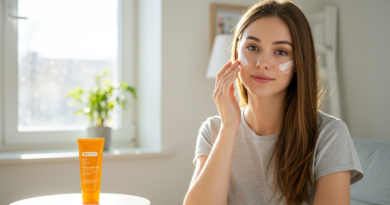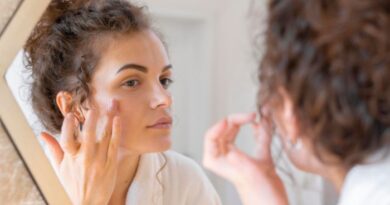Slugging 101: Is This K-Beauty Hack the Ultimate Dry Skin Fix or a Recipe for Breakouts?
By now, you’ve probably heard about slugging—the viral skincare hack that’s all over TikTok and Reddit threads. The name might sound… gross. (No, it has nothing to do with actual slugs.) But according to skincare lovers and derms alike, slugging might be the missing step your dry, irritated skin has been begging for.
So, what’s the deal? Is slugging truly the key to waking up with a buttery-soft, glowing face—or could it clog your pores and cause more harm than good?
Let’s break down what slugging is, how to do it right, and who should definitely skip it.
What Is Slugging Anyway?
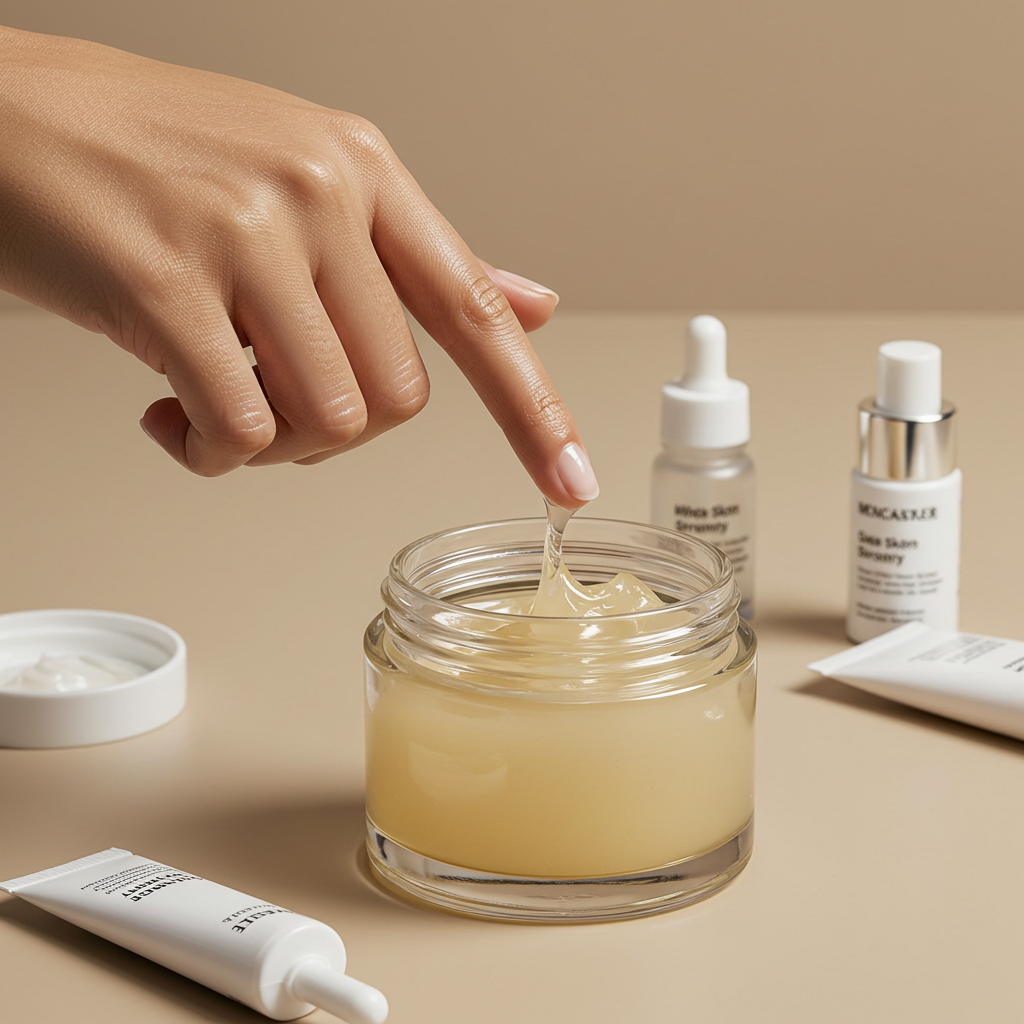
Slugging is a K-beauty technique that involves applying an occlusive layer—usually petrolatum (think Vaseline or Aquaphor)—over your nighttime skincare routine to seal in moisture.
The result? Skin that looks plump, hydrated, and ultra-smooth by morning.
This method works by:
-
Preventing water loss overnight
-
Protecting your skin barrier
-
Locking in all the good stuff from your serums and moisturizers
In short, it’s like putting a moisture shield over your face while you sleep.
Is Slugging for Everyone?
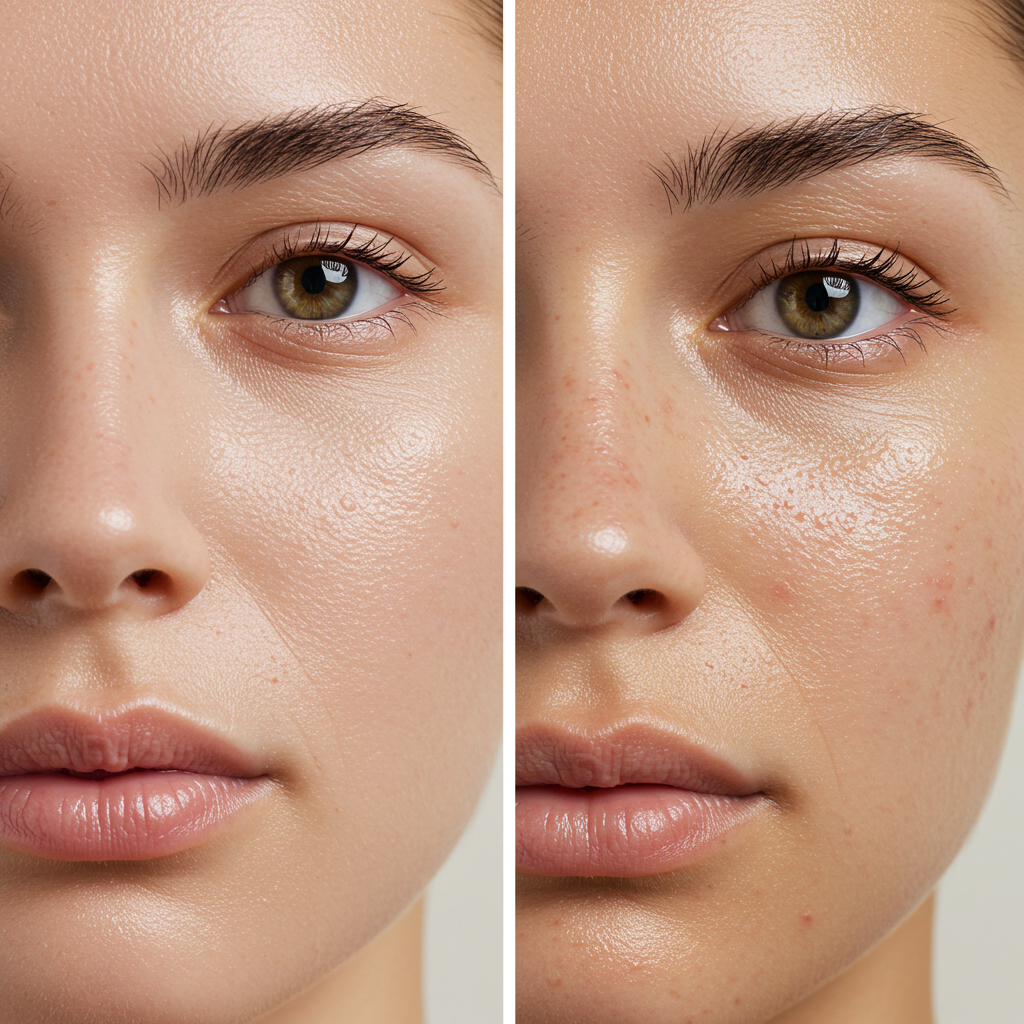
Not exactly. While it’s a game-changer for dry, flaky, or compromised skin types—it can wreak havoc on oily, acne-prone faces if done wrong.
Slugging works best for:
-
Dry to very dry skin
-
Damaged or sensitized skin (post-acid or retinol use)
-
People with eczema, rosacea, or barrier damage
Avoid it if:
-
You have active acne or clogged pores
-
Your skin is naturally oily or prone to blackheads
-
You’re using strong actives (like benzoyl peroxide) right before slugging
Step-by-Step: How to Slug the Right Way
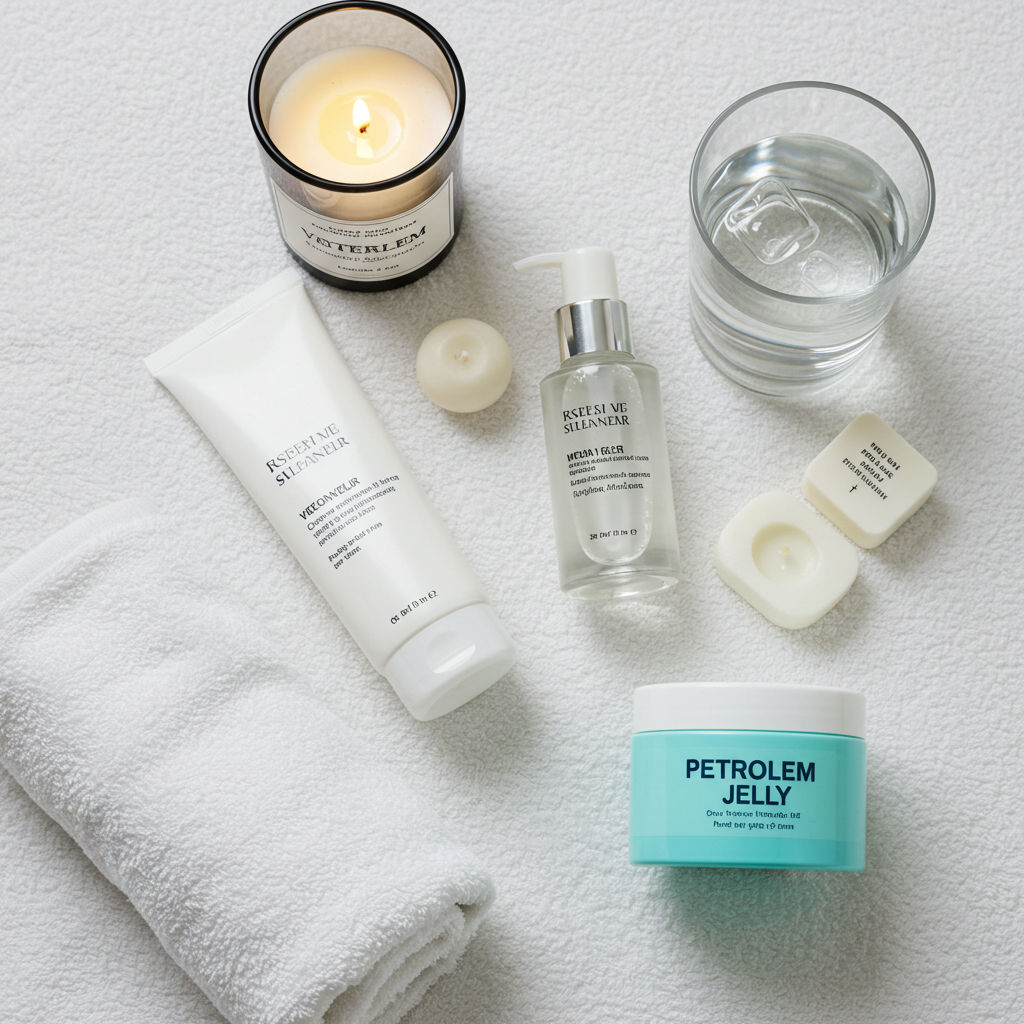
If you’re going to slug, do it properly. Otherwise, you’ll trap dirt, oil, and bacteria under your skin.
Step 1: Cleanse Thoroughly
Start with a double cleanse to remove all SPF, makeup, and grime. Your skin should be freshly washed and completely dry before slugging.
Step 2: Layer Lightweight Hydration
Apply your hydrating toner, serum (like hyaluronic acid), and your moisturizer. These layers should all sink in before you move on.
Step 3: Seal It In
Gently apply a pea-sized amount of an occlusive like:
-
Vaseline (petrolatum)
-
Aquaphor
-
Ceramide-rich balm
Apply a thin layer to your face no need to coat yourself like a glazed donut.
Slugging Myths You Shouldn’t Fall For
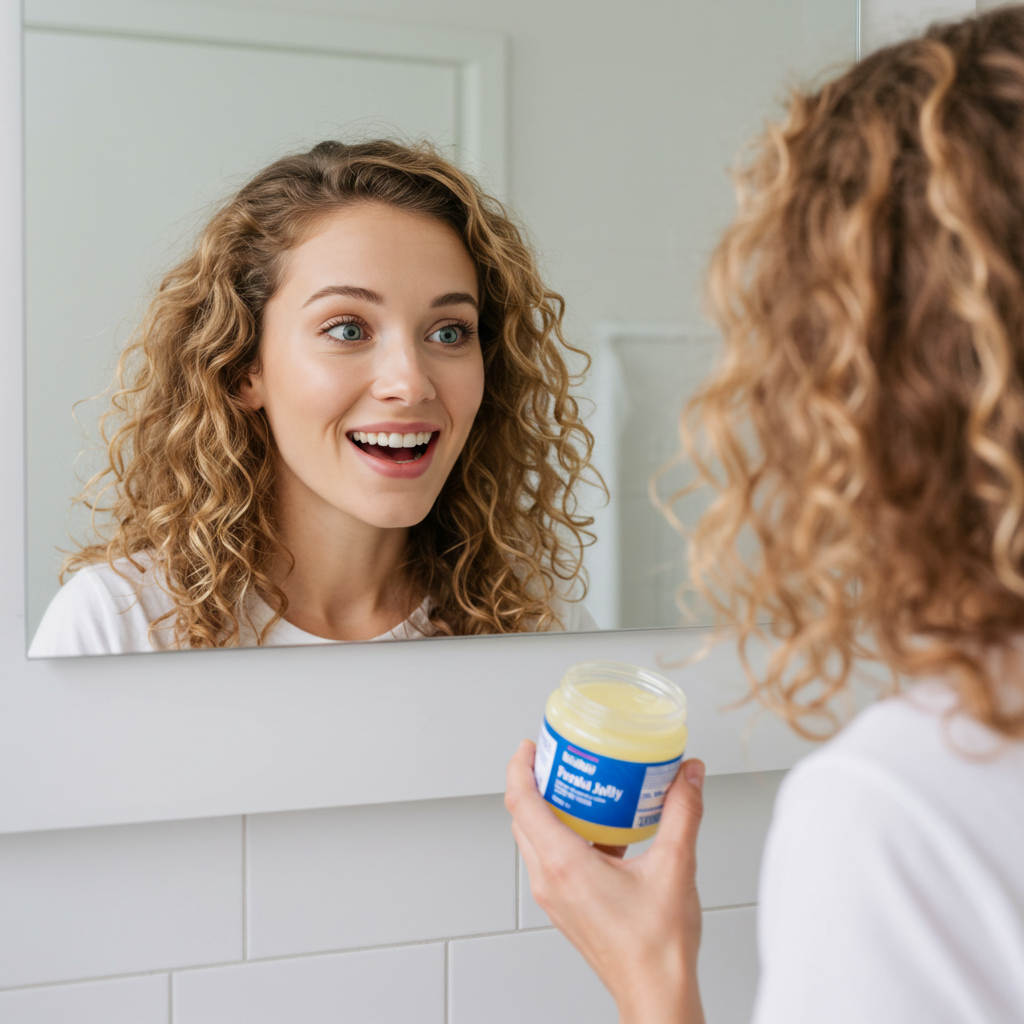
Myth 1: Slugging is only for winter
Truth: While it’s more popular during colder months, slugging can be helpful year-round if you’re dealing with barrier issues or dryness from actives.
Myth 2: More is better
Truth: A thick, greasy layer can clog pores. Less is more when it comes to slugging—especially for first-timers.
Myth 3: You can slug every night
Truth: For most skin types, 1–3 nights per week is plenty. Daily slugging can overwhelm your skin.
What If You Break Out After Slugging?

Don’t panic. If you used too much product or skipped cleansing properly, clogged pores are possible.
Here’s how to reset:
-
Stop slugging for at least a week
-
Use a gentle exfoliant to clear out congestion
-
Go back to basics: cleanse, moisturize, SPF
If breakouts persist, slugging might just not be for you and that’s okay.
Alternatives to Slugging (If You Can’t Tolerate Petrolatum)
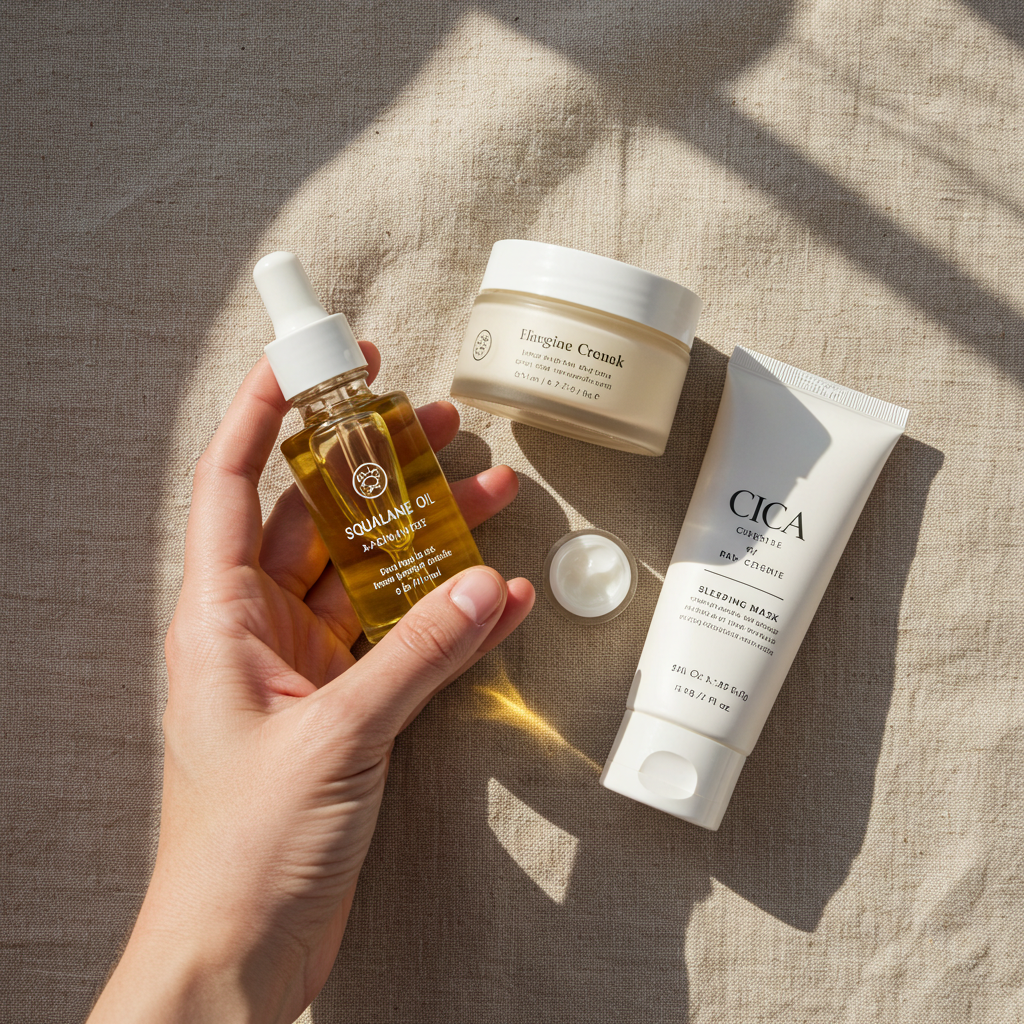
If your skin can’t handle occlusives like Vaseline, try these gentler options:
-
Squalane oil – lightweight, non-comedogenic, and barrier-friendly
-
Cica-based creams – soothing and protective without the greasy feel
-
Sleeping masks – many K-beauty brands offer “slugging-lite” masks
Slugging and Makeup: Can You Do Both?

Not exactly. Slugging is strictly a night routine. If you apply makeup over a slugged face, you’ll end up with a greasy mess.
Instead, let your skin drink in all that moisture overnight then enjoy smooth, plump skin the next morning as the perfect makeup canvas.
Bottom Line: Slug Smart, Not Sloppy
Slugging isn’t magic—it’s science. When used correctly, it can transform dull, flaky skin into a hydrated dream. But it’s not a one-size-fits-all fix. Start slow, patch test, and always listen to your skin.
Because at the end of the day, skincare should be about healing—not just hopping on the next viral trend.


